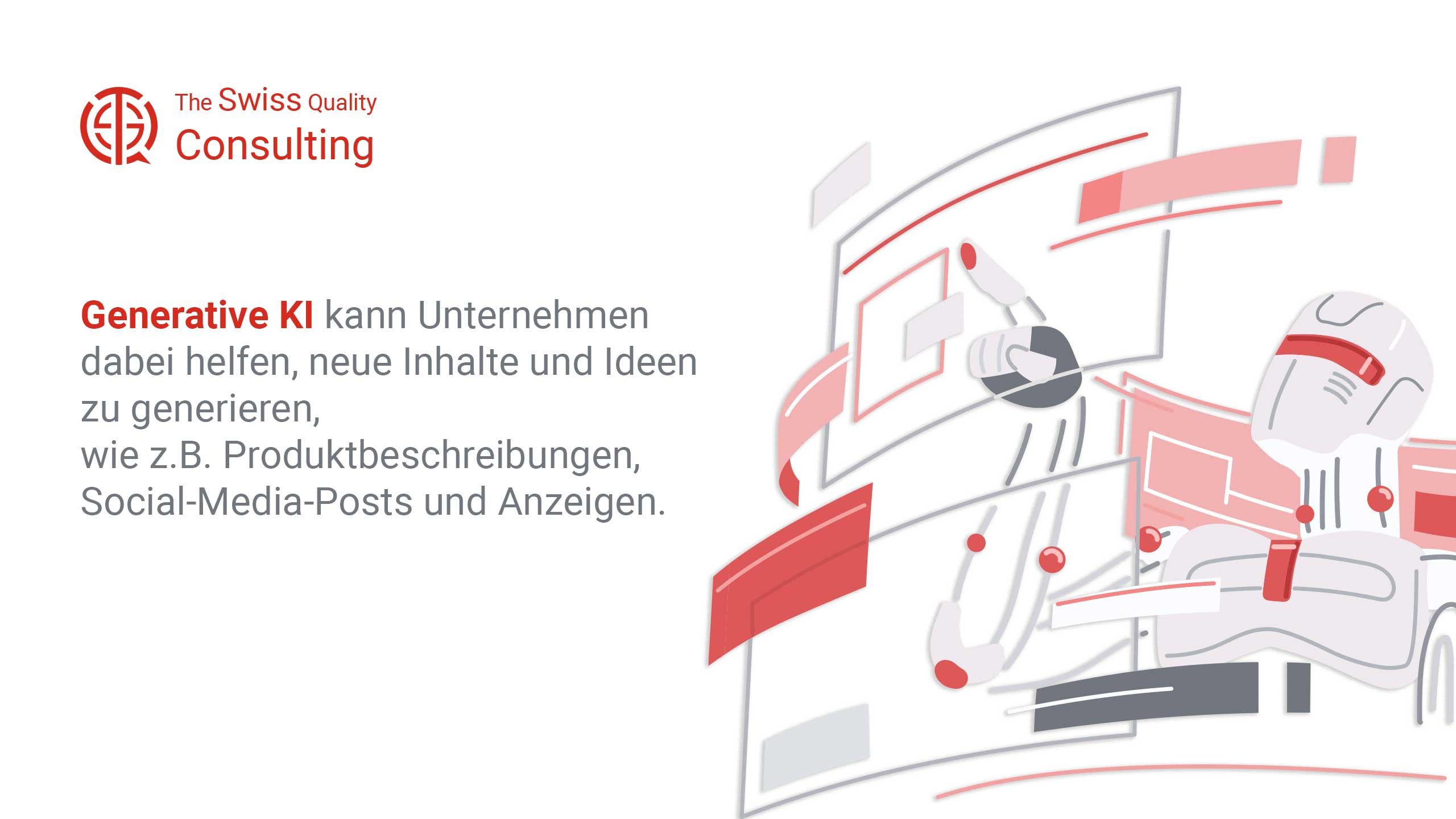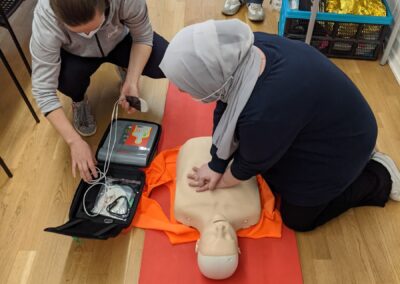How IoT-Enabled Traffic Management Systems Improve Emergency Vehicle Prioritization in Saudi Arabia and the UAE
The Role of IoT-Enabled Traffic Management in Emergency Response
IoT-enabled traffic management for emergency vehicle prioritization is revolutionizing the way cities manage traffic flow and respond to emergencies, particularly in rapidly developing regions like Saudi Arabia and the UAE. As these countries continue to invest in smart city initiatives, the integration of IoT technologies into traffic management systems is proving essential for enhancing the efficiency and effectiveness of emergency response services. In bustling cities like Riyadh and Dubai, where traffic congestion can pose significant challenges, IoT-enabled solutions are providing critical tools to ensure that emergency vehicles can reach their destinations quickly and safely.
These advanced traffic management systems leverage IoT sensors, cameras, and real-time data analytics to monitor traffic conditions and dynamically adjust traffic signals to prioritize emergency vehicles. For example, when an ambulance or fire truck is en route to an emergency, the system can automatically change traffic lights along its path, creating a “green wave” that allows the vehicle to pass through intersections without delay. This technology not only reduces response times but also minimizes the risk of accidents, ensuring that emergency services can operate with maximum efficiency. In Riyadh, where urban growth is driving an increase in traffic, and in Dubai, where tourism adds to the complexity of traffic management, such systems are becoming indispensable for maintaining public safety.
Furthermore, IoT-enabled traffic management systems can be integrated with other smart city technologies, such as connected vehicles and public safety networks, to create a more cohesive and responsive urban infrastructure. This integration allows for better coordination between different agencies and systems, further enhancing the overall effectiveness of emergency response efforts. In the context of Saudi Arabia’s Vision 2030 and the UAE’s National Innovation Strategy, the deployment of IoT-enabled traffic management systems is a key component of the broader effort to create smarter, safer, and more resilient cities.
Strategic Benefits of IoT-Enabled Traffic Management for Emergency Services
The adoption of IoT-enabled traffic management for emergency vehicle prioritization offers significant strategic benefits for cities in Saudi Arabia and the UAE. One of the most critical advantages is the ability to improve response times for emergency services. In situations where every second counts, the ability to quickly and efficiently clear a path for emergency vehicles can be the difference between life and death. By reducing the time it takes for ambulances, fire trucks, and police vehicles to reach their destinations, IoT-enabled traffic management systems enhance the overall effectiveness of emergency response efforts, leading to better outcomes for those in need of urgent assistance.
Another key benefit of these systems is the reduction of traffic-related incidents involving emergency vehicles. Traditional methods of navigating through traffic, such as sirens and flashing lights, rely on the cooperation of other drivers, which is not always guaranteed. IoT-enabled systems, on the other hand, provide a more reliable and controlled approach by managing traffic signals and providing real-time information to drivers, ensuring that emergency vehicles can move through congested areas with minimal disruption. This not only improves the safety of emergency responders but also reduces the likelihood of secondary accidents that can occur when drivers are unsure of how to react to approaching emergency vehicles.
Moreover, IoT-enabled traffic management systems contribute to the broader goals of smart city development by enhancing overall traffic flow and reducing congestion. By optimizing traffic signals and providing real-time data to city planners, these systems help to create more efficient transportation networks that benefit all road users. In cities like Riyadh and Dubai, where managing traffic congestion is a constant challenge, the ability to prioritize emergency vehicles without causing significant delays for other drivers is a major advantage. This contributes to a more sustainable and resilient urban environment, aligning with the long-term strategic goals of both Saudi Arabia and the UAE.
Conclusion: The Future of Emergency Response with IoT-Enabled Traffic Management
As the adoption of IoT technologies continues to expand in Saudi Arabia, the UAE, and beyond, the role of IoT-enabled traffic management for emergency vehicle prioritization will become increasingly important. These systems offer a powerful solution for improving emergency response times, reducing traffic-related incidents, and enhancing the overall efficiency of urban transportation networks. For cities like Riyadh and Dubai, where the demands on emergency services are growing, the implementation of IoT-enabled traffic management systems is not just a technological advancement but a critical investment in public safety and urban resilience.
Looking forward, the continued development of IoT technologies and smart city infrastructure will provide new opportunities to further enhance the capabilities of these systems. As cities in Saudi Arabia, the UAE, and other regions continue to evolve, the integration of IoT-enabled traffic management into broader smart city strategies will be essential for creating safer, more efficient, and more responsive urban environments. By embracing these innovations, cities can ensure that they are well-equipped to meet the challenges of the future and provide the highest level of service to their residents.
—
#IoT, #TrafficManagement, #EmergencyResponse, #SmartCity, #SaudiArabia, #UAE, #Riyadh, #Dubai, #PublicSafety, #DigitalTransformation































